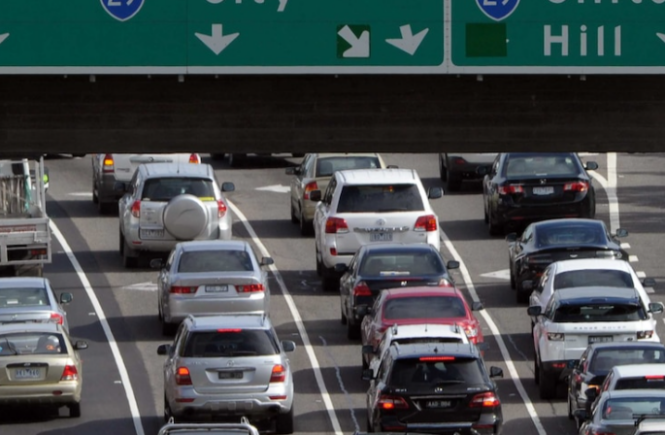Student Submission by Keilani Trewavis
Climate change poses an increasingly urgent threat to both humanity and our shared planet. With global surface temperatures already surpassing 1.1C above pre-industrial levels, it’s clear that we must address unsustainable energy use, land use and lifestyles to help limit future warming.
In response to these growing challenges, the United Nations introduced the 2030 Agenda for Sustainable Development (SDGs), encompassing 17 goals aimed at fostering a sustainable future. These goals tackle a range of interdisciplinary issues involving education, inequality, economic growth, climate change, and restoration of our oceans and forests. They provide a roadmap to address the complex challenges of the 21st century.
Goal 13 of the UN SDGs focuses on enhancing global climate action. Given the complex nature of climate change and it’s global impacts, its often easy to underestimate the power of collective individual actions. But consider how one small action for 8 billion individuals could have a significant global consequence?
Take for example, your daily commute. Have you ever thought about the carbon footprint of driving to work/university or running errands? While a large portion of CO2 emissions come from high-energy sectors, and large-scale manufacturing, transportation accounts for a staggering 26% of global CO2 emissions. In Australia alone, transportation contributes 19% of CO2 emissions, with 60% stemming from passenger vehicles. Here are just a few ideas for some less carbon-intensive transportation modes:
Walk or cycle short distances
For shorter trips, such as errands to the local supermarket, or even visiting local friends, consider opting for walking or cycling. There is no lower CO2 emission mode than walking or cycling, and with 40% of trips in Melbourne being less than two kilometres in length, it is the perfect city for this transportation mode. If Melbournians were to increase their walking and cycling to one quarter of their trips, it could contribute to around 4.4Mt of emissions reductions.
Public transportation for longer commutes
Opting for public transport can be a great option for emissions reductions. Currently, in Melbourne, only 37% of people use public transportation. It’s estimated that increasing public transportation ridership by as little as 9% could reduce CO2 emissions by 766,000 tonnes annually by 2050. To help achieve these goals, the Victorian Government has committed over $70 billion to create a public transportation network that is accessible to all Australia’s by creating new connections between major train stations, removal of level crossing, and increasing accessibility for blind or low-vision individuals.
Rideshare options
Shared travel can help reduce emissions in several ways. Rideshare options have higher per-unit utilization, meaning that they reduce the need for excessive manufacturing. This not only reduces single-vehicle occupancy rides but also reduces the amount of new car manufacturing, a sector that strongly contributes to carbon emissions.
So, the next time you’re considering your commute or running errands, think about the environmental impact of your choices. Could you opt for the train instead of driving to work? Perhaps you could combine errands into one trip or share a ride with friends or colleagues. Not only will these actions help reduce CO2 emissions, but they’ll also benefit your health and well-being. By making small changes to our daily routines, we can all play a part in combating climate change and creating a more sustainable future for generations to come.
Image: ABC




